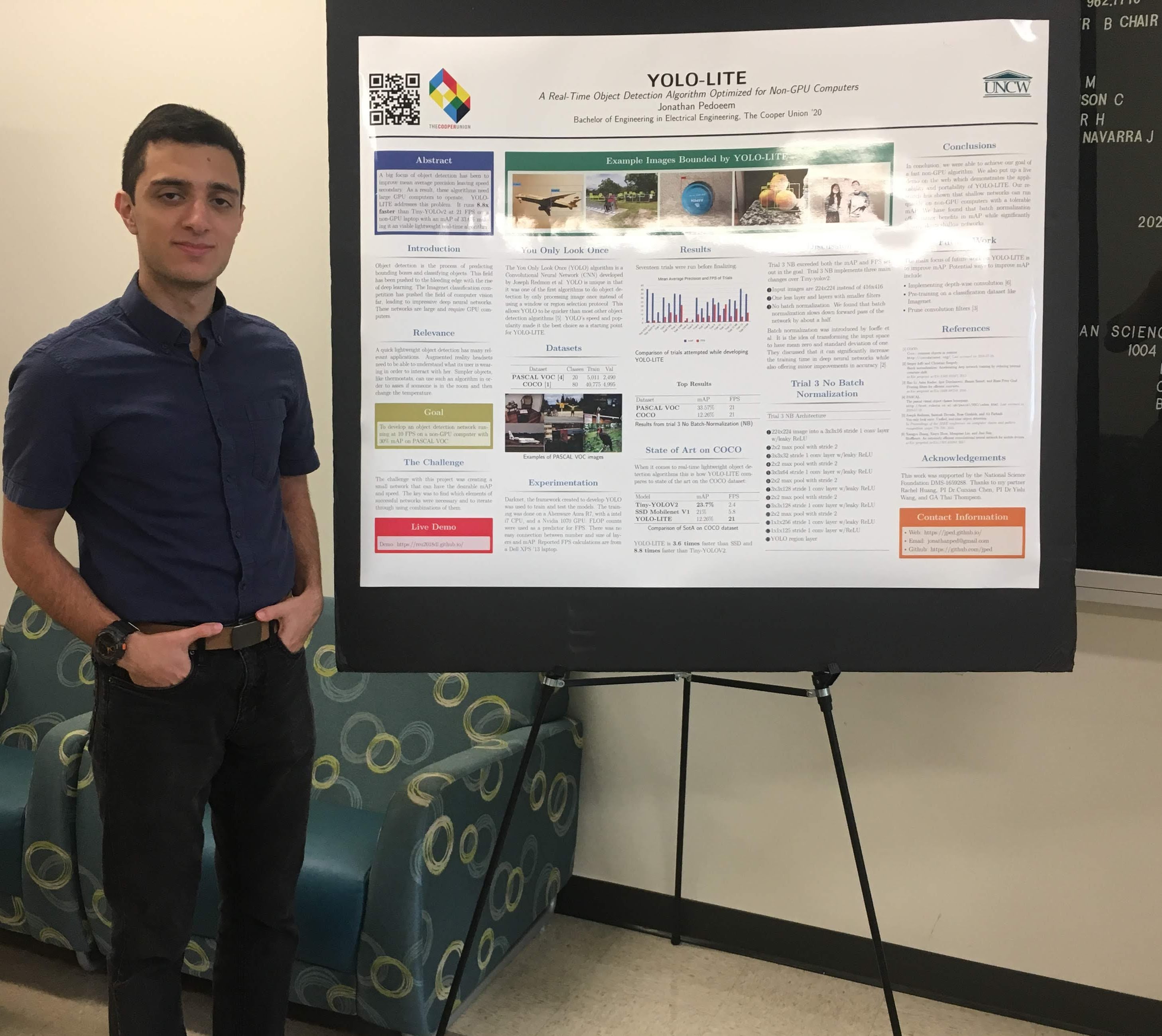I spent the summer of 2018 at the University of North Carolina at Wilmington for a Data Mining Research Experience for Undergraduates (REU) there. While I am studying Electrical Engineering, my interests do not lie solely in that field. The amount of hype surrounding data mining has made curious to see exactly what data mining is all about.
As a result this program was a perfect match for me to get a taste in the field. There are two main parts to my experience at Wilmington, the first three weeks of training and the last seven weeks of my research project.
The first three weeks were an in-depth crash cource in classical data mining methods. We followed Introduction to Statistical Learning and the course notes Professor Chen uses to teach her STT592: Introduction to Data Mining and Statistical Learning course.
We learned and applied methods including: Linear Regression, Logistic Regression, Linear Discriminant Analysis, Kernel-LDA, Quadratic Descriminant Analysis, K-Nearest-Neighbors, Leave One Out Cross Validation, K-Folds Cross Validation, Bootstrapping method, Decision Trees, Classification Trees, Bagging, Random Forest, Support Vector Machines, Principal Component Analysis (PCA), and KPCA. All the projects associated with these methods were done in R and can be found here
The last seven weeks focused on the main research project. I worked alongside Rachel to develop YOLO-LITE. The focus with YOLO-LITE was to develop a object detection convolutional neural network (CNN) artchitecutre that would be fast enough to work real time on non-GPU computers. We were able to achieve this goal: YOLO-LITE works at 21 FPS when run locally on a DELL XPS '13 Laptop
Working on YOLO-LITE proved to be a very fruitful experience. It was my first introduction into neural networks. While working on this project I was able to both produce something tangible and also learn about neural networks and its application to computer vision.
YOLO-LITE was based off of the YOLO Algorithm. We used darknet to train and develop the final architecture. YOLO-LITE is closely related to the Tiny-YOLO architectures created by the original team, but it is smaller and does not use batch normalization. More technical details can be found in our paper here.
I am more than willing to talk about this project with anyone who is interseted!
